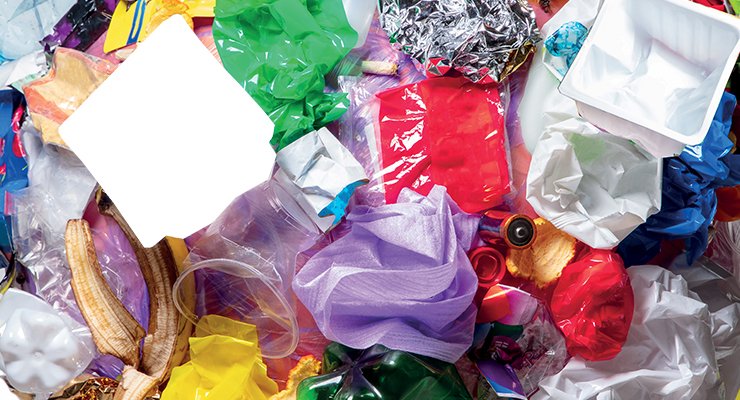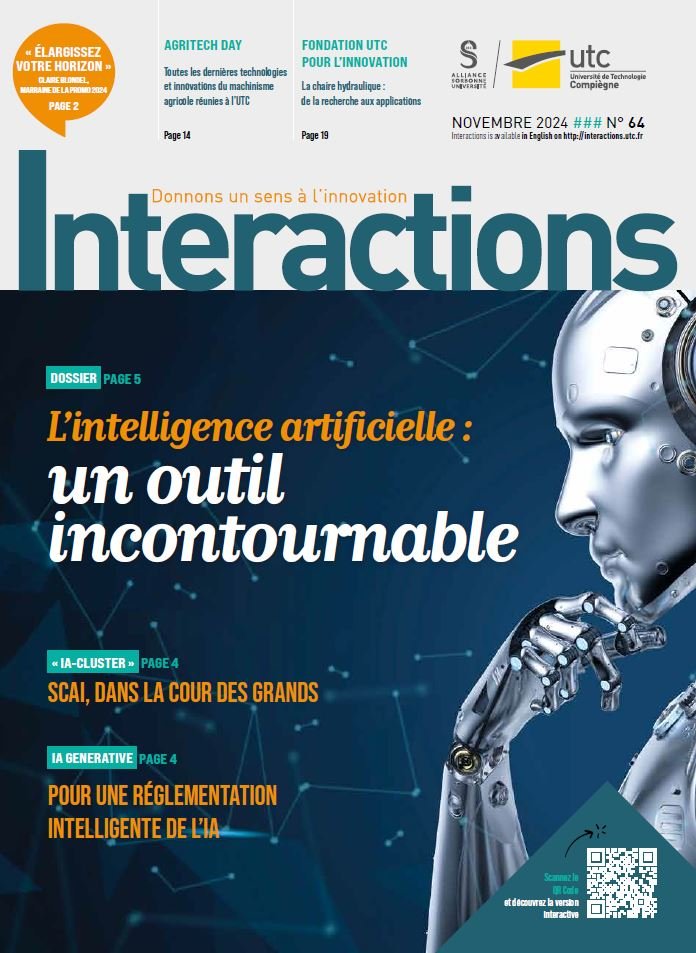Phobars, an eco-friendly solution for industry

University professor Khashayar Saleh is director of UTC’s research unit TIMR, whose activities focus on green chemistry and processes. These activities are reflected in projects such as Phobars.
This is a project funded by the ANR, involving UTC-TIMR, the project leader, NEU-JKF Process and IFP Energies Nouvelles. “We are working on the recovery of unconventional solids from plastic waste or second-generation biomass. This may involve energy, thermal or mechanical recovery, or recycling as a raw material. In the case of thermal recovery, for example, the heat can be used directly. Conversely, in the case of converting plastic bottles, which are essentially made up of hydrogen and carbon, the idea is to return this material in the form of synthetic gas, in particular hydrogen. So, after decades of manufacturing plastics from oil, we are taking the opposite route by transforming plastic into energy,” explains Khashayar Saleh.
The project represents a real challenge for the partners, particularly in terms of transporting unconventional products. “The main problem lies in transporting the powder from these materials to the reactor. Conventional processes, such as pneumatic transport using a current of air or mechanical vibrations, are ineffective and are also likely to entail risks, particularly of explosion. So, how can they be made more efficient and safer? The idea is to study both the hydrodynamics of the conveyor system and the electrostatic phenomena that occur in this system with a view to understanding and modelling the behaviour of the solids being transported in order to improve the control and efficiency of pneumatic transport. Once all the laboratory tests have been validated, the ultimate aim is to optimise the operation of industrial installations,” emphasises Khashayar Saleh.
Hydrogen storage
Other areas of research? “We are working hard on gaseous energy carriers such as hydrogen, ammonia and methane, which have very high energy capacities, as well as liquid energy carriers such as methanol and biofuels, even if their capacities are lower. As far as gas carriers are concerned, one of the main stumbling blocks is their storage. Storing hydrogen gas in a car tank, for example, would require a pressure 200 times greater than atmospheric pressure. That’s why we’ve decided to explore another option, that of solid storage, i.e., fixing the hydrogen in a condensed form in a solid matrix or metal hydride. We can use aluminium hydrides, for example, or any other metal hydride depending on its safety, accessibility, availability, etc.,” explains Khashayar Saleh.




